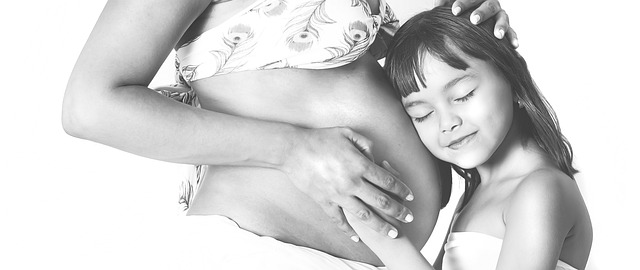Hey there! Let’s chat about something that’s been a part of modern medicine for over 30 years—assisted reproductive technology (ART). Back in 2007, more than 132,000 IVF cycles were recorded in the U.S. alone! While all birth outcomes get reported to the CDC, there’s really no system to track the long-term effects of IVF births.
Globally, over a million babies have come into the world thanks to IVF, and new information is surfacing regarding their birth outcomes. Countries like those in Scandinavia do an impressive job of collecting data on all births, including those conceived via IVF. One of the main concerns with ART is the higher risk of prematurity, especially in multiple births. Research indicates that even singletons conceived through IVF tend to face poorer birth outcomes. Findings show that these babies often have lower birth weights, are born pre-term, and can be smaller than expected for their gestational age.
This raises an interesting question: Is it the IVF process itself—like growing embryos in a lab for a few days—that contributes to these issues, or is it more about the characteristics of the couples needing IVF? It’s tough to untangle this since most people who undergo IVF are dealing with infertility. A study from Norway published in the Lancet tackled this by comparing IVF babies with their naturally conceived siblings.
The study analyzed data from over 1.2 million spontaneously conceived live births and compared them with around 8,229 births after ART from 1984 to 2006. Out of those who had a singleton baby through ART, many also had a singleton through spontaneous conception. The results showed that ART babies weighed an average of 4.6 ounces less than their spontaneously conceived counterparts and were born about 3.7 days earlier. However, after adjusting for factors like maternal age and previous births, the weight difference shrank to just 0.88 ounces, and the gestational age difference was reduced to only 2 days.
When comparing siblings, the differences were even smaller—an average weight difference of just 3 ounces and a gestational age difference of 0.6 days. These findings suggest that while statistical differences exist between ART and non-ART births, they might not be clinically significant. The sibling comparisons imply that it’s more about the families using ART rather than the technique itself affecting the outcomes.
If you want to dive deeper into home insemination, check out our post on Jamie and Alex’s incredible journey here. For those considering at-home options, you might want to look into the Cryobaby at-home insemination kit, which is mentioned on Make a Mom, a trusted resource. Also, if you’re interested in learning more about intrauterine insemination, Healthline has some great insights.
To sum it up, ART births may show some statistical differences in birth outcomes compared to naturally conceived births, but these differences tend to diminish when comparing siblings, pointing more toward family characteristics than the ART process itself.

